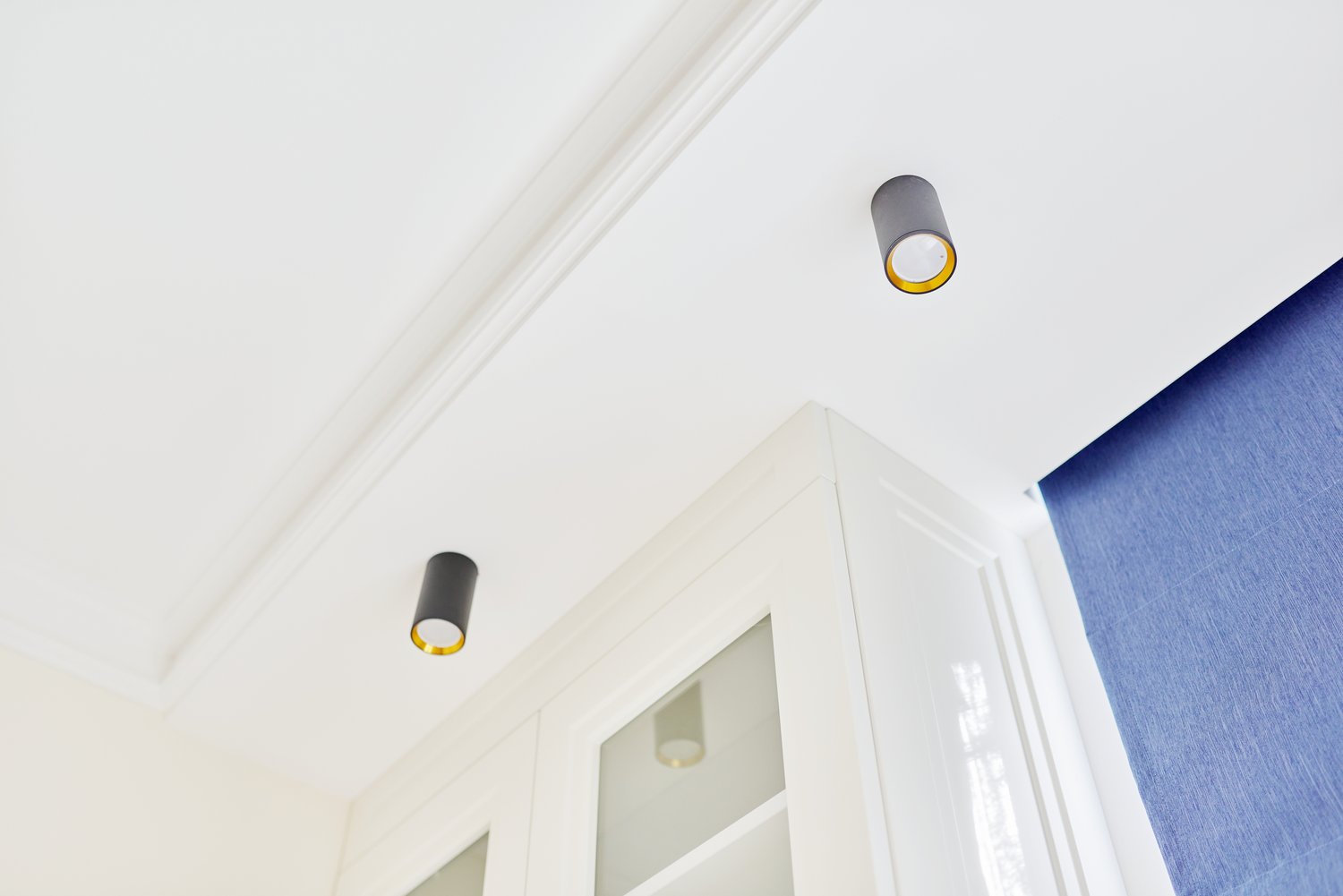The landscape of home lighting is undergoing a revolutionary transformation as we move beyond simple illumination toward sophisticated systems that enhance our well-being, conserve energy, and integrate seamlessly with smart home ecosystems. Modern lighting solutions now consider not just brightness but also how light affects our circadian rhythms, mood, and productivity. This article explores cutting-edge future home lighting technologies, including human-centric lighting approaches that mimic natural daylight patterns, sustainable illumination options that minimize environmental impact, and the latest smart lighting trends that are redefining how we interact with our living spaces.
The Rise of Human-Centric Lighting
Human-centric lighting represents one of the most significant advancements in residential illumination technology. This approach recognizes that lighting affects not just visibility but our biological functions, mood, and overall health. By mimicking the natural progression of daylight throughout the day, human-centric lighting systems help maintain our circadian rhythms, potentially improving sleep quality, boosting daytime alertness, and enhancing overall well-being.
These systems typically feature tunable white light that shifts from energizing cool blue tones in the morning to warmer, relaxing amber hues in the evening. Some advanced systems can automatically adjust based on the time of day or can be programmed to match individual preferences and schedules. The psychological and physiological benefits of human-centric lighting make it more than just a convenience—it’s becoming recognized as an essential component of healthy home design.
Smart Lighting Integration and Control
Today’s smart lighting trends go far beyond simple remote-controlled dimmer switches. Modern systems offer unprecedented integration with other home technologies and multiple control options. Voice activation through platforms like Amazon Alexa, Google Assistant, or Apple HomeKit has become standard, allowing hands-free operation that feels almost magical to those new to smart home technology.
Motion sensors that automatically illuminate pathways at night, presence detection that learns and anticipates your lighting needs, and geofencing capabilities that respond to your arrival home are becoming commonplace features. As AskHomey experts have noted, the most sophisticated systems can now coordinate with other smart home elements—adjusting lighting in concert with your thermostat, security system, or entertainment setup for optimized scenes that serve multiple purposes simultaneously.
Sustainable Illumination Technologies
Environmental consciousness is driving major innovations in sustainable illumination. While LED technology has already dramatically reduced energy consumption compared to incandescent and fluorescent options, newer developments are pushing efficiency even further. Dynamic power management systems can now modulate electricity usage based on ambient light conditions and occupancy, reducing waste without compromising lighting quality.
Materials science is also contributing to sustainability efforts, with biodegradable components and recyclable fixtures becoming more widely available. Solar-powered lighting solutions are gaining traction for outdoor applications, eliminating grid dependency entirely for landscape and security lighting. Some manufacturers are even exploring lighting fixtures made from reclaimed materials, creating unique aesthetic options that tell a sustainability story in addition to providing illumination.
Aesthetic Evolution in Lighting Design
The future of home lighting embraces both form and function. Manufacturers are developing fixtures that serve as artistic focal points while incorporating the latest smart and sustainable technologies. Ultra-thin OLED panels enable lighting surfaces that can be integrated directly into walls, ceilings, and furniture, blurring the line between fixture and architecture.
Color-changing capabilities have evolved beyond novelty to become sophisticated design tools, allowing homeowners to transform spaces for different activities or moods. Lighting designers are increasingly treating illumination as a dynamic element that can change throughout the day rather than a static installation, opening new possibilities for expressing personality through light.
Practical Considerations for Homeowners
When upgrading to smart and sustainable illumination systems, homeowners should consider both immediate functionality and future compatibility. The rapid pace of technological advancement means today’s cutting-edge system could become tomorrow’s legacy technology. Investing in systems with open standards and robust update capabilities can help future-proof your lighting infrastructure.
Installation complexity varies widely among different smart lighting solutions. Some require complete rewiring and professional electrical work, while others can be implemented using existing wiring or even wirelessly. Budgeting should account not just for fixtures and bulbs but also for control hubs, programming, and possibly professional installation depending on the complexity of the chosen system.
Conclusion
The future of home lighting extends far beyond simple illumination to embrace human-centric design principles, smart integration, and environmental sustainability. As these technologies become more affordable and accessible, they’re transforming from luxury additions to essential components of modern homes. Whether you’re building new, renovating, or simply updating your lighting, considering these advanced options can significantly enhance both the functionality and enjoyment of your living space.
For more tips and to connect with reliable home service professionals, follow AskHomey on Facebook and Instagram.



